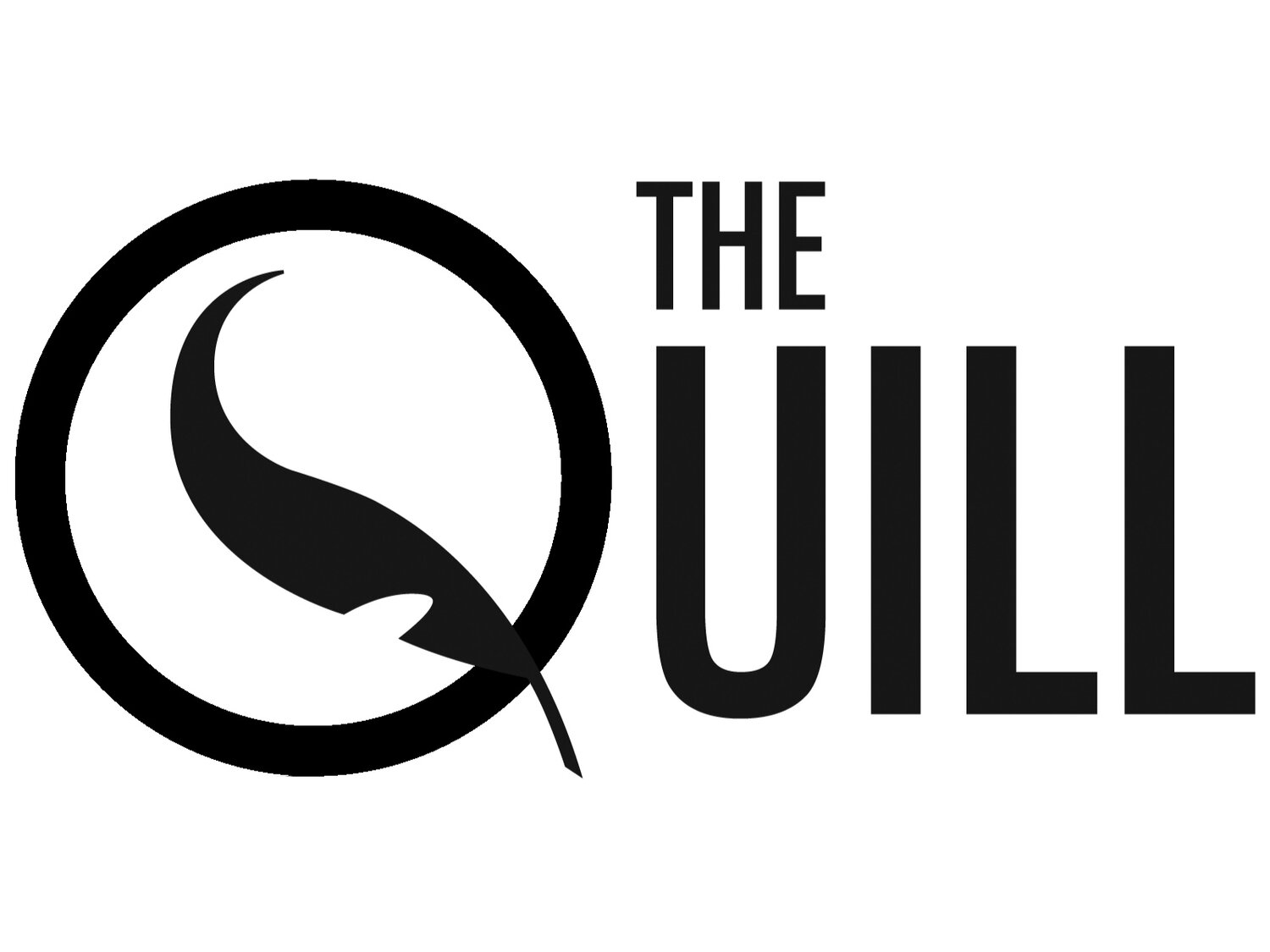(Credit: Dawn Hudson/Public Domain Pictures)
Few symbols are as recognizable as the heart and its representation of love in many forms – verb, or noun. The heart shape is a logograph; a written symbol that represents a word or phrase. The heart can mean anything from I want to sign a legally binding contract that covers my entire natural life and ensures you get half my financial assets if you leave me to I am relatively fond of this relatable semi-humorous meme that my cousins husbands half-sister posted on Facebook. But how did this shape become so eloquent?
As most are aware, the heart shape bears little resemblance to the muscular organ from which it owes its name. Early alleged depictions of the heart are debated; disputes among Art Historians center around if a 13th-century artist illustrates a lover handing his lady a pine cone or pear, or the now ubiquitous heart shape representing the lovers own organ. One thing is for sure, there is no sign of a wound or blood on the lover’s smock. Historians believe that the shape was more obviously used in the 14th century with a less scalloped dent, and gradually evolved into the clear dent we see today. As for origin theories, there are many body parts that seems to mimic the shape and possess a connection to conveying romantic feeling, as is the heart symbol’s job.
The human heart bears little resemblance, the base tapers, but instead of two distinctive scallops, the top has three arteries out of the aorta and the superior vena cava responsible for the blood that gets pumped through your body to keep you alive.
Another theory is that the heart shape is based on the shape of other organs and bodily features associated with romance; including both female and male genitalia, buttocks, and the torso (which, aside from nakedness, the torso’s relation to romance is unclear).
Frequently in Renaissance paintings, cupid’s arrowhead appears to be a softened version of a regular arrowhead – a pointed end with two scallops aimed at an unsuspecting individual soon-to-be lovestruck. However, this becomes the Valentine’s day version of the classic chicken or egg dilemma: which came first, cupid’s arrow or the heart shape? Another popular explanation is the Silphium plant. Assumed extinct, the exact species of plant is unknown, however records of the plant indicate the seed was heart-shaped. Speculation around the connection stems from references of the plant in Ancient Greek writings associating the plant with love and as an herbal treatment for those Crazy In Love. In 77 ACE Pliny the Elder refers to Silphium in his encyclopedia Naturalis Hisotria as being an effective female contraceptive.
Whatever its amorous origin, popular use of this logogram began in 1977, with the I ♥ NY advertising campaign to promote tourism in New York. Since then it’s been used in video games to symbolize life or health, to claim healthy contents on food packaging, to wide use on nearly every social media platform. Regardless of the shapes evolution, there is, thankfully, a consensus on its meaning. Now you can impress your Valentine with your knowledge of heart-history by giving them an ambiguous pine cone instead of a card (it’s cheaper).
Republished from The Quill print edition, Volume 107, Issue 22, February 14th, 2017.
